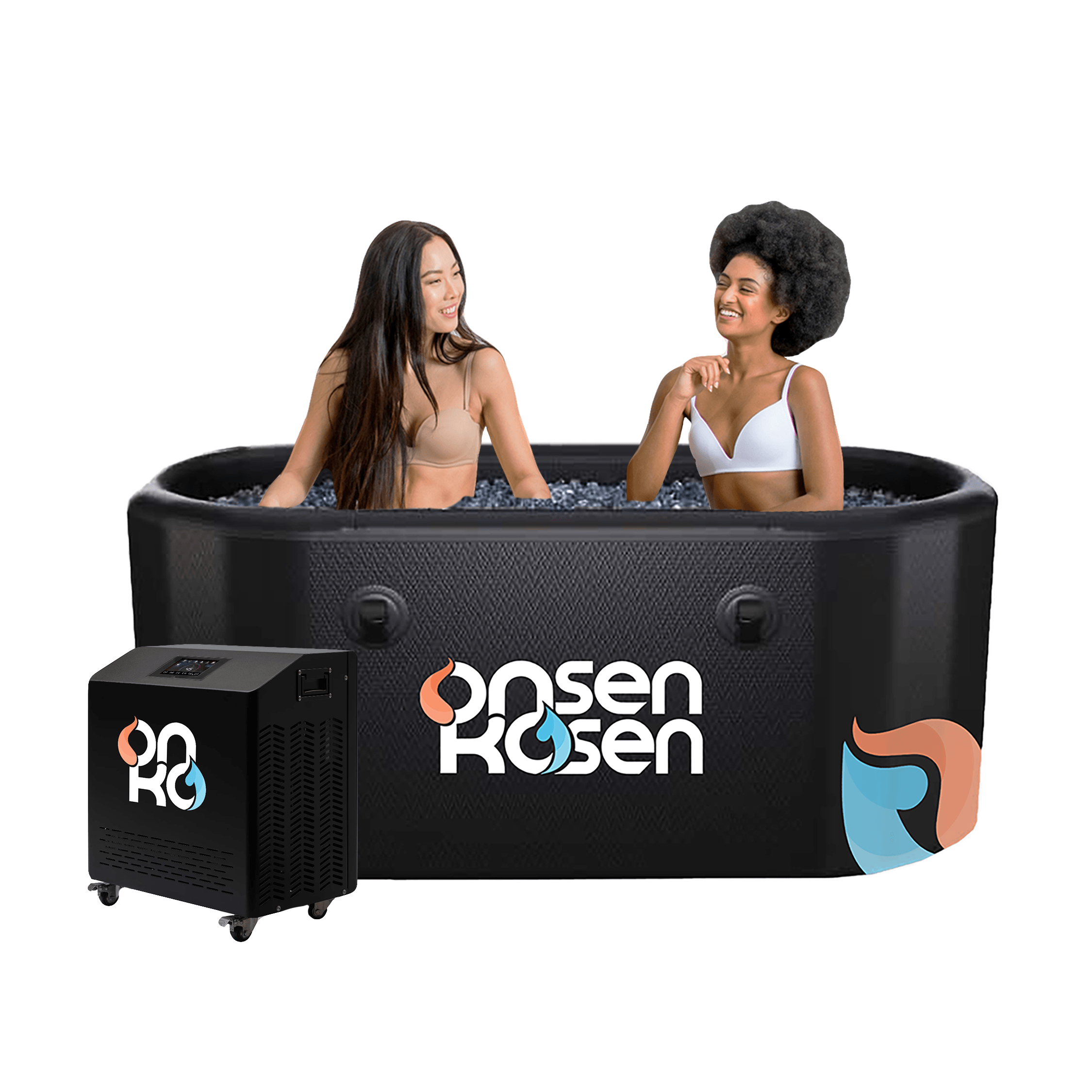What Is Parkinson's Disease?
Parkinson's disease (PD) is a chronic and progressive neurological disorder that primarily affects movement. It results from the degeneration of dopamine-producing neurons in a part of the brain called the substantia nigra. Dopamine is a neurotransmitter that plays a key role in sending messages to the part of the brain that controls and coordinates movement. As these neurons die, dopamine levels decrease, leading to the motor symptoms characteristic of Parkinson's disease. Approximately 1 million people in the United States live with Parkinson’s disease, with between 50,000 to 60,000 new cases diagnosed each year. There is no cure for this condition, and its complications make it the 14th leading cause of death for people living in the United States.
Cause: The cause of Parkinson’s disease remains a mystery. The consensus, at this time, is Parkinson’s results from a combination of both environmental and genetic factors, though these are all listed as risk factors:
- Age
- Heredity
- Gender — men are more likely than women to develop Parkinson’s
- Exposure to toxins
Symptoms: Its symptoms can vary from person to person, but they generally fall into two main categories: motor and non-motor symptoms.
Motor Symptoms:
- Tremor: Often starting in one hand, the tremor usually occurs at rest and is sometimes described as a "resting tremor."
- Bradykinesia: This refers to slowness of movement. People with Parkinson’s may find it hard to initiate or complete movements, and everyday tasks can become time-consuming.
- Rigidity: Increased muscle tone can cause stiffness and resistance to movement in the arms, legs, or neck.
- Postural Instability: Difficulty with balance and coordination can lead to problems with standing and walking, increasing the risk of falls.
- Shuffling Walk: People may develop a shuffling gait, often with small steps and reduced arm swing.
Non-Motor Symptoms:
- Cognitive Changes: Issues like memory problems, difficulty concentrating, or in some cases, dementia may occur.
- Mood Disorders: Depression, anxiety, and other mood changes are common.
- Sleep Problems: Difficulty falling asleep, staying asleep, or experiencing restless legs can be an issue.
- Autonomic Dysfunction: Problems with automatic bodily functions, such as changes in blood pressure, sweating, or digestive issues.
- Speech and Swallowing Difficulties: Speech may become softer and more monotone, and swallowing can become challenging.
- Reduced Sense of Smell: A loss of the sense of smell (anosmia) can sometimes be an early sign of Parkinson’s.
The onset of symptoms is often gradual, and they may initially be mild and barely noticeable. As the disease progresses, symptoms can become more pronounced and affect daily life.
While Parkinson's disease (PD) is primarily managed through conventional medical treatments such as medication and surgery, there are several natural approaches that can help support overall well-being and potentially alleviate some symptoms. It’s important to discuss any natural or complementary therapies with a healthcare provider to ensure they are safe and appropriate for your specific situation.
Here are some natural solutions that might be beneficial:
- Diet and Nutrition
- Antioxidants: Foods rich in antioxidants, such as fruits (e.g., berries, apples) and vegetables (e.g., spinach, kale), can help combat oxidative stress.
- Omega-3 Fatty Acids: Found in fish (e.g., salmon, mackerel) and flaxseeds, omega-3s have anti-inflammatory properties.
- Fiber-Rich Foods: To manage constipation, which is common in Parkinson's, include high-fiber foods like whole grains, fruits, and vegetables.
- Hydration: Drinking plenty of water helps maintain overall health and can aid in digestion and managing constipation.
- Exercise and Physiotherapy
- Regular Exercise: Engaging in regular physical activity can improve motor function, balance, and mobility. Activities like walking, swimming, and cycling can be beneficial.
- Strength Training: Building muscle strength can help with movement and balance.
- Stretching and Flexibility Exercises: Yoga and tai chi can improve flexibility, balance, and coordination.
- Physiotherapy: Working with a physical therapist can tailor exercises to help manage specific symptoms.
- Heat and Hydrotherapy
Saunas: For those living with Parkinson’s, saunas may seem like a luxurious indulgence rather than a medical necessity. However, recent studies shown that regular sauna use offers significant benefits for some individuals struggling with Parkinson's disease.
Infrared saunas use infrared light to penetrate the skin and heat the body. This can help relax stiff muscles and improve flexibility. For Parkinson's patients, who often experience muscle rigidity and stiffness, the heat from an infrared sauna can help reduce these symptoms and improve overall comfort.
Similar to infrared saunas, traditional saunas too use heat, to relax muscles and soothe aches. Both infrared and Traditional saunas can enhance blood circulation by causing blood vessels to dilate. Improved circulation can aid in the delivery of oxygen and nutrients to tissues, potentially helping with overall muscle function and recovery.
Additionally, the relaxing and meditative nature of sauna use can reduce stress levels, which can also have a positive impact on Parkinson’s symptoms. Also, Regular sauna use can promote relaxation and potentially improve sleep quality.
Since sleep disturbances are common in Parkinson’s disease, a sauna session might help some individuals achieve better rest. If you’re living with this disease and looking for a new way to manage your symptoms and improve your quality of life, stepping into a sauna is a great option to consider.
Moreover, you don't even need to look for a gym or spa for this. An infrared sauna at home can be a convenient and effective way to reap the benefits of infrared heat therapy.
Hot Tubs: Hot tubs are a luxury that many of us enjoy, but did you know that they can potentially improve the lives of people with Parkinson’s? Research has shown that soaking in a hot tub can help reduce muscle stiffness and improve movement for those living with Parkinson’s disease.
The buoyancy of the water reduces the weight and stress on joints and muscles, making it easier to move and stretch. The warm water can also help increase the range of motion in joints and muscles, which can be beneficial for maintaining mobility and performing daily activities. The heat from the hot tub causes blood vessels to dilate, which can improve blood circulation.
Better circulation helps in delivering oxygen and nutrients to tissues and can aid in overall muscle function. Not to mention, being in a hot tub can help calm the mind and improve overall relaxation, which can be especially beneficial for those who deal with the stress and anxiety that often come with Parkinson’s.
Moreover, Regular use of a hot tub, especially in the evening, can promote relaxation and improve sleep quality. Since sleep disturbances are common in Parkinson’s disease, improving sleep can have a positive impact on overall health.
- Mind-Body Techniques
- Mindfulness and Meditation: These practices can help manage stress and improve overall emotional well-being.
- Deep Breathing Exercises: These can help with relaxation and managing symptoms related to stress and anxiety.
- Cognitive Behavioral Therapy (CBT): Useful for managing mood disorders such as depression or anxiety that can accompany Parkinson’s.
- Herbal Supplements
- Turmeric: Contains curcumin, which has anti-inflammatory and antioxidant properties. However, more research is needed on its effectiveness for Parkinson's.
- Ginkgo Biloba: Sometimes used to improve cognitive function, though its effectiveness for Parkinson’s is still debated.
- Green Tea: Contains antioxidants that may help protect brain cells.
- Physical Therapies
- Acupuncture: May help with symptoms like pain and muscle stiffness.
- Massage Therapy: Can help alleviate muscle rigidity and improve circulation.
- Yoga: Yoga can improve motor function, balance and functional ability in people with PD.
-
Tai-chi: This is a gentle exercise that uses movement and mindfulness and may improve
motor and non-motor symptoms and prevent falls in older adults with PD.
- Healthy Lifestyle Choices
- Adequate Sleep: Establishing good sleep hygiene can improve overall health and help manage sleep-related issues.
- Stress Management: Reducing stress through relaxation techniques, hobbies, and social activities can be beneficial.
- Social and Recreational Activities
- Engaging in Social Activities: Maintaining social connections and participating in enjoyable activities can improve mood and overall quality of life.
- Support Networks
- Support Groups: Joining support groups for Parkinson’s disease can provide emotional support and practical advice.
Integrating these natural solutions with conventional treatments can help manage symptoms and improve quality of life. Always consult with a healthcare provider before starting any new treatment or supplement to ensure it complements your existing care plan and does not interfere with prescribed medications.











